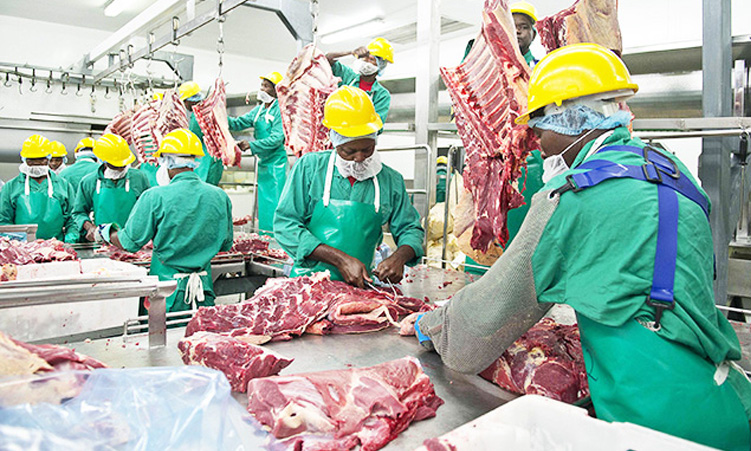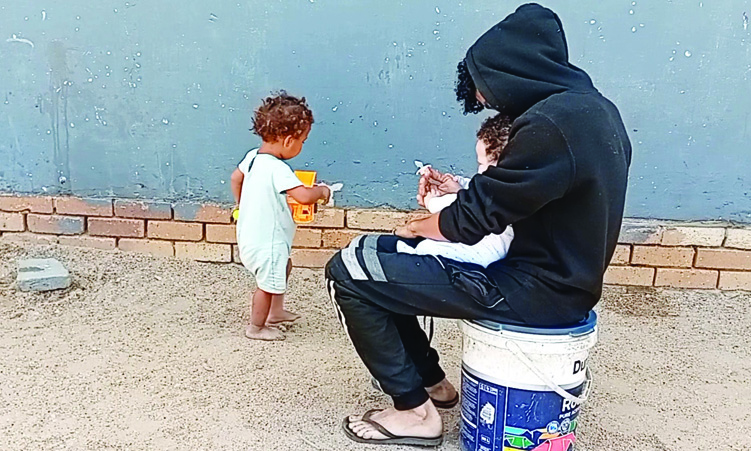CAPE TOWN – Phyllis Spira, South Africa’s most eminent ballerina, who won international renown during her three-decade career with the Capab Ballet and who, with her husband, Phillip Boyd, founded Dance for All to spread dance classes into the townships, died on Tuesday in Cape Town.
She was 64. The cause was complications of vascular surgery, Boyd said.Reed-thin and tiny with huge eyes dominating a gamine face, Spira was often likened in physicality and artistry to the British ballerina Alicia Markova, with whom she shared a classical purity of line and delicacy of style wedded to a steely technique.Her range was remarkable and would have been even better displayed had South African ballet – like all the country’s arts – not been subject at the time to anti-apartheid sanctions, which meant an almost complete absence of international choreographers or their works.As it was, Spira shone as a superb, innately musical classicist in all the major 19th-century ballets (she once remarked that she had danced every female part in ‘Swan Lake’ over the course of her career), as well as showing that she was a remarkable actress in dramatic ballets like ‘Giselle’, and ‘Romeo and Juliet’.She was also a fine Spanish dancer ‘Orpheus and the Underworld’.”She is the undisputed queen of ballet in South Africa, and deserves the tributes paid to her for the unwavering standards she sets,” Marina Grut wrote in her 1981 ‘History of Ballet in South Africa’.In a foreword to a 1988 biography of Spira, Dame Margot Fonteyn described her as a performer “who eminently enchanted her audience”.EARLY YEARS Phyllis Bernice Spira was born in 1943 in Johannesburg, where she trained until she was accepted at the Royal Ballet School, in London, in 1959.In 1960 she joined the Royal Ballet touring company and was promoted to soloist the next year.Although offered a promotion to principal dancer, Spira decided to return to South Africa in 1963, the year the government established ballet companies in each of the country’s four provinces.She joined the newly formed Pact (Performing Arts Council of the Transvaal) Ballet in Johannesburg for a year, then joined Capab (Cape Performing Arts Board) Ballet at the end of 1965.Apart from spending a year with the National Ballet of Canada in 1967 and 1968, she remained Capab’s leading ballerina until her retirement from the stage in 1988; four years earlier she was given the rarely bestowed title of prima ballerina assoluta.At Pact Ballet, and then in Canada and Cape Town, Spira formed a notable dance partnership with the Zimbabwean-born Gary Burne.Later she enjoyed an equally celebrated partnership with Eduard Greyling, which endured until her final performance in ‘Giselle’.Spira was ballet mistress at Capab Ballet (now called Cape Town City Ballet) from 1988 to 1999.In 1991, together with Boyd, a former principal dancer with Capab whom she married in 1986, she founded Ballet for All to teach ballet in the townships.By 1995 the programme had expanded to include other dance forms, and the name was changed to Dance for All.Today, the Boyds’ programme reaches more than 700 children a year in disadvantaged communities around Cape Town and in the rural inland areas of Barrydale and Montagu.Several participants have gone on to professional careers in South Africa and abroad.In 2002, the film ‘Guguletu Ballet’, by Kristin Pichaske, focused on one of those young dancers and showed the joy and possibilities that Spira and Boyd’s work in poverty-stricken areas has offered to thousands of children.Spira received South Africa’s highest civilian award, the Order of Meritorious Service Gold, in 1991.International Herald TribuneThe cause was complications of vascular surgery, Boyd said.Reed-thin and tiny with huge eyes dominating a gamine face, Spira was often likened in physicality and artistry to the British ballerina Alicia Markova, with whom she shared a classical purity of line and delicacy of style wedded to a steely technique.Her range was remarkable and would have been even better displayed had South African ballet – like all the country’s arts – not been subject at the time to anti-apartheid sanctions, which meant an almost complete absence of international choreographers or their works.As it was, Spira shone as a superb, innately musical classicist in all the major 19th-century ballets (she once remarked that she had danced every female part in ‘Swan Lake’ over the course of her career), as well as showing that she was a remarkable actress in dramatic ballets like ‘Giselle’, and ‘Romeo and Juliet’.She was also a fine Spanish dancer ‘Orpheus and the Underworld’.”She is the undisputed queen of ballet in South Africa, and deserves the tributes paid to her for the unwavering standards she sets,” Marina Grut wrote in her 1981 ‘History of Ballet in South Africa’.In a foreword to a 1988 biography of Spira, Dame Margot Fonteyn described her as a performer “who eminently enchanted her audience”.EARLY YEARS Phyllis Bernice Spira was born in 1943 in Johannesburg, where she trained until she was accepted at the Royal Ballet School, in London, in 1959.In 1960 she joined the Royal Ballet touring company and was promoted to soloist the next year.Although offered a promotion to principal dancer, Spira decided to return to South Africa in 1963, the year the government established ballet companies in each of the country’s four provinces.She joined the newly formed Pact (Performing Arts Council of the Transvaal) Ballet in Johannesburg for a year, then joined Capab (Cape Performing Arts Board) Ballet at the end of 1965.Apart from spending a year with the National Ballet of Canada in 1967 and 1968, she remained Capab’s leading ballerina until her retirement from the stage in 1988; four years earlier she was given the rarely bestowed title of prima ballerina assoluta.At Pact Ballet, and then in Canada and Cape Town, Spira formed a notable dance partnership with the Zimbabwean-born Gary Burne.Later she enjoyed an equally celebrated partnership with Eduard Greyling, which endured until her final performance in ‘Giselle’.Spira was ballet mistress at Capab Ballet (now called Cape Town City Ballet) from 1988 to 1999.In 1991, together with Boyd, a former principal dancer with Capab whom she married in 1986, she founded Ballet for All to teach ballet in the townships.By 1995 the programme had expanded to include other dance forms, and the name was changed to Dance for All.Today, the Boyds’ programme reaches more than 700 children a year in disadvantaged communities around Cape Town and in the rural inland areas of Barrydale and Montagu.Several participants have gone on to professional careers in South Africa and abroad.In 2002, the film ‘Guguletu Ballet’, by Kristin Pichaske, focused on one of those young dancers and showed the joy and possibilities that Spira and Boyd’s work in poverty-stricken areas has offered to thousands of children.Spira received South Africa’s highest civilian award, the Order of Meritorious Service Gold, in 1991.International Herald Tribune
Stay informed with The Namibian – your source for credible journalism. Get in-depth reporting and opinions for
only N$85 a month. Invest in journalism, invest in democracy –
Subscribe Now!









